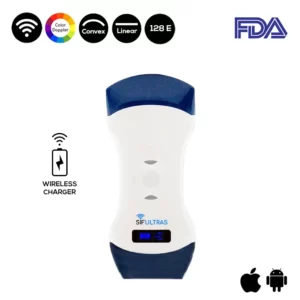The Ultrasound-Guided Abdominal Block
The transverse abdominis plane (TAP) block is a peripheral nerve block designed to anesthetize the nerves supplying the anterior abdominal wall (T6 to L1). It was first described in 2001 by Rafi as a traditional blind landmark technique using the lumbar triangle of Petit (see the image below).
The quadratus lumborum (QL) is the deepest abdominal muscle. It’s located in your lower back on either side of the lumbar spine. It starts at your lowest rib and ends at the top of your pelvis. It’s common to have pain here because you use this muscle to sit, stand, and walk. The QL is one of the prime sources of lower back pain and can have an effect on your physical well-being.
After abdominal wall surgery, ultrasound-guided transversus abdominis plane (TAP) nerve block has become a common analgesic method. Because TAP blockade is limited to somatic anesthesia of the abdominal wall and is highly dependent on the interfascial spread, various newer techniques to enhance analgesia have been proposed, either in addition to or as a substitute for TAP nerve block. Variants of quadratus lumborum nerve blocks (QLBs) in particular have been proposed as more consistent methods for achieving both somatic and visceral analgesia of the abdomen.
An abdominal ultrasound is done to view structures inside the abdomen. It’s the preferred screening method for an abdominal aortic aneurysm, a weakened, bulging spot in the abdominal aorta — the major blood vessel that supplies blood to the body. However, the imaging test may be used to diagnose or rule out many other health conditions.
An abdominal ultrasound can help the doctor evaluate the cause of stomach pain or bloating.
Our technical medical team highly recommends the FDA-approved Color Double Head Wireless Ultrasound Scanner SIFULTRAS-5.42 for this purpose.
The SIFULTRAS-5.42 has two heads, Thus making it more practical and more affordable than buying two separate single-headed probes. The Linear side of the Doppler allows you to evaluate the more superficial parts of the body while the Convex part is used for in-depth examinations.
The practice of regional anesthesia is evolving, owing primarily to the introduction of ultrasound as an anesthesiologist’s instrument. With good ultrasound devices, alternative techniques for postoperative analgesia of abdominal surgeries, such as transversus abdominis plane block, oblique subcostal transversus abdominis plane block, rectus abdominis muscle sheath block, ilioinguinal and iliohypogastric nerve block, and quadratus lumborum plane block, have proven useful.
An ultrasound-guided facet nerve block is usually performed by a radiologist, it may also be performed by a physical medicine and rehabilitation physician (physiatrist).
References :
Transversus Abdominis PlaneBlock
Identifying the Cause of quadratus Lumborum Pain,Ultrasound-Guided Transversus Abdominis Plane andQuadratus Lumborum Nerve Blocks

